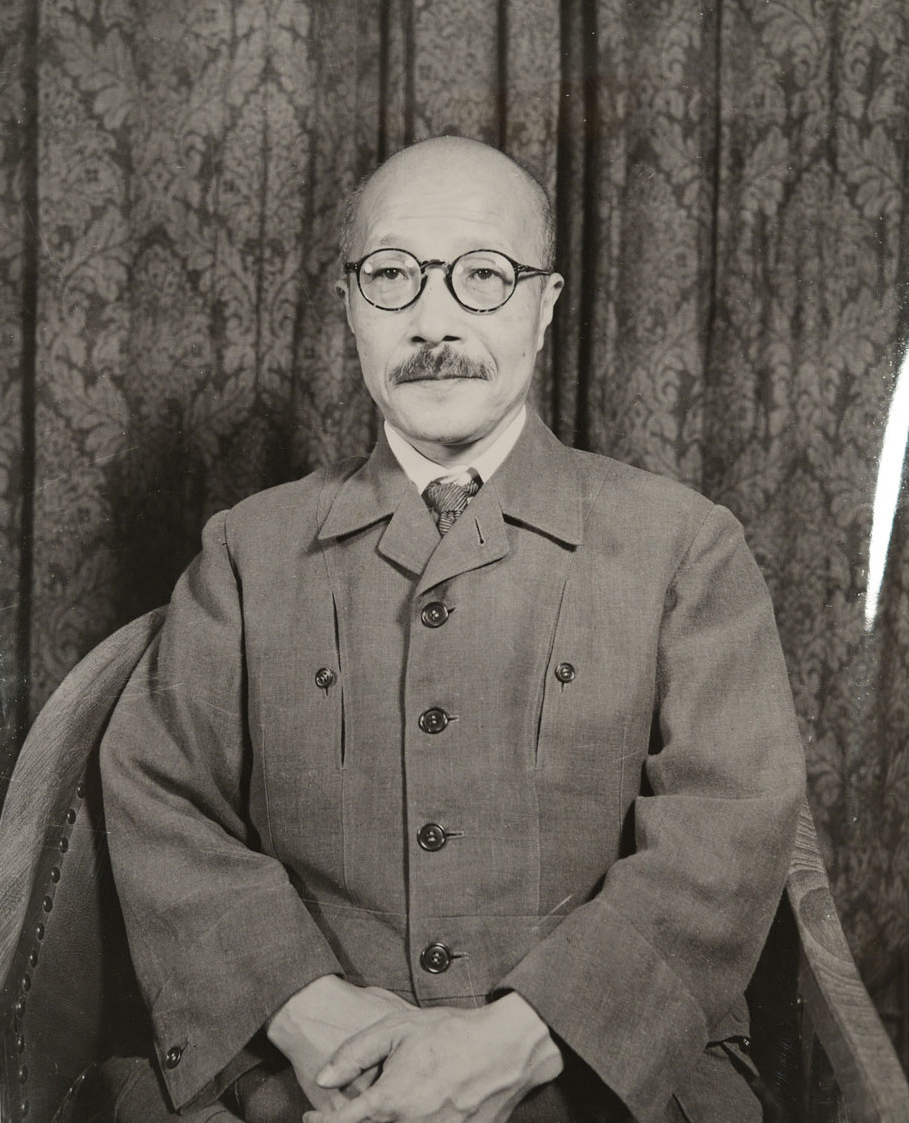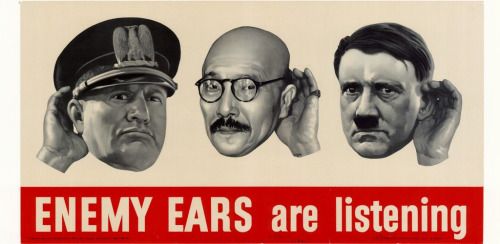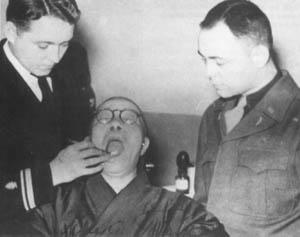Gen Tojo’s Teeth: Morse Code Shows Up in the Strangest Places [Hackaday]

The Baader-Meinhof effect is the common name for what scientists call frequency illusion. Suppose you are watching Star Trek’s Christopher Pike explain how he makes pasta mama, and you’ve never heard of it before. Immediately after that, you’ll hear about pasta mama repeatedly. You’ll see it on menus. Someone at work will talk about having it at Hugo’s. Here’s the thing. Pasta mama was there all along (and, by the way, delicious). You just started noticing it. We sometimes wonder if that’s the deal with Morse code. Once you know it, it seems to show up everywhere.

One of the strangest places we’ve ever heard of Morse code appearing is the infamous case of Tojo’s teeth. If you don’t remember, General Hideki Tojo was one of the main “bad guys” in the Pacific part of World War II. In particular, he is thought to have approved the attack on Pearl Harbor, which started the American involvement in the war globally. Turns out, Tojo would be inextricably tied to Morse code, but he probably didn’t realize it.
The Honorable Attempt
At the end of the war, the US military had a list of people they wanted to try, and Tojo was near the top of their list of 40 top-level officials. As prime minister of Japan, he had ordered the attack that brought the US into the war. He remained prime minister until 1944, when he resigned, but the US had painted him as the face of the Japanese enemy. Often shown in caricature along with Hitler and Mussolini, Tojo was the face of the Japanese war machine to most Americans.

When Americans tried to arrest him, though, he shot himself. However, his suicide attempt failed. Reportedly, he apologized to the American medics who resuscitated him for failing to kill himself. Held in Sugamo Prison awaiting a trial, he requested a dentist to make him a new set of dentures so he could speak clearly during the trial.
A Morse Code Dentist
Jack Mallory, a young Navy dentist on loan to the Army, drew the duty of making Tojo’s new dentures. The 22-year-old had been at the 361st Station Hospital for about a month. His roommate, George Foster, had examined Tojo and brought Jack in to make an upper denture. Tojo had declined a full set because he did not expect to survive his trial.

The standard procedure was to engrave the patient’s name, rank, and serial number of any dentures made by the hospital. However, Mallory’s colleague suggested that it would be fitting to engrave Tojo’s with the common phrase “REMEMBER PEARL HARBOR.” At 22, you are often susceptible to bad ideas, but Jack knew that could get him in trouble. But he decided to do it any way but to make it less conspicuous, he used — you guessed it — Morse code.
At first, only Jack and his roommate knew the secret. However, two recruits had to be let into the secret because they were examining the dentures and were sure to notice. One of them wrote home about the incident, and, as you might expect, the military command was not amused. Mallory’s commanding officer ordered him to remove the markings, which he did, and everyone denied it ever happened. As far as anyone knows, Tojo never knew that his dentures had carried a secret message.
General Tojo’s trial didn’t go well for him, and he was executed late in 1948. Jack had been back in the states for over a year, reuniting with his wife and starting a dental practice. The story would only surface again years later, in 1995.
Code is Everywhere
Of course, soldiers have a long history of using Morse code to communicate secretly, like Admiral Denton blinking “torture” during his appearance in a propaganda film made by his captors during the Vietnam war. The Colombian army encoded secret messages to captive soldiers in a pop song.
Even civilian songs get into the act. There are a ton of songs that have some Morse code embedded in them, ranging from London Calling by the Clash to YYZ by Rush and many others. The Capitol Records building sends out Morse code, although it seems most people don’t notice. Not many people realize that the beat of the theme music to Mission Impossible actually spells out MI, either.
Then there’s the Curiosity Mars rover. The wheels on that plucky vehicle leave the letters JPL in Morse code behind in the sand. However, our pet peeve these days is the “morse code bracelets” that use beads to spell out messages like “loved.” Why is that a pet peeve? Becuase there is no spacing between elements, so, for example, loved is “.-..—…-.-..” Of course, that could also be “aumski” or a bunch of other nonsense words.
As you can see, once you know Morse code, you can find it just about everywhere. You might even find it in your dreams. Too lazy to learn the code? Take the Blue Pill.

![gen-tojo’s-teeth:-morse-code-shows-up-in-the-strangest-places-[hackaday]](https://i0.wp.com/upmytech.com/wp-content/uploads/2023/04/120139-gen-tojos-teeth-morse-code-shows-up-in-the-strangest-places-hackaday.png?resize=800%2C445&ssl=1)